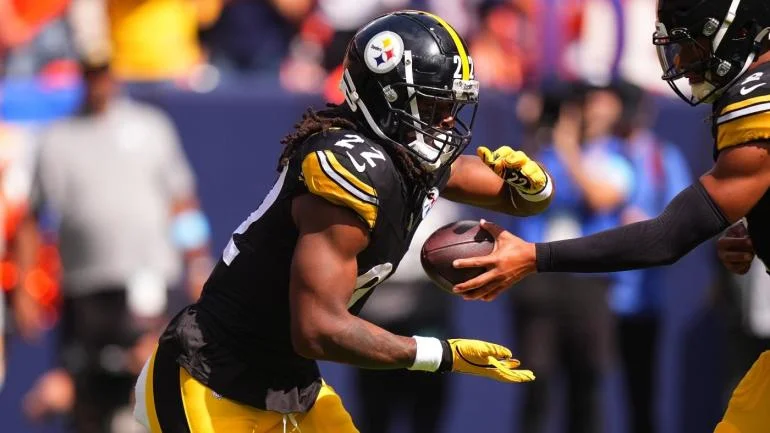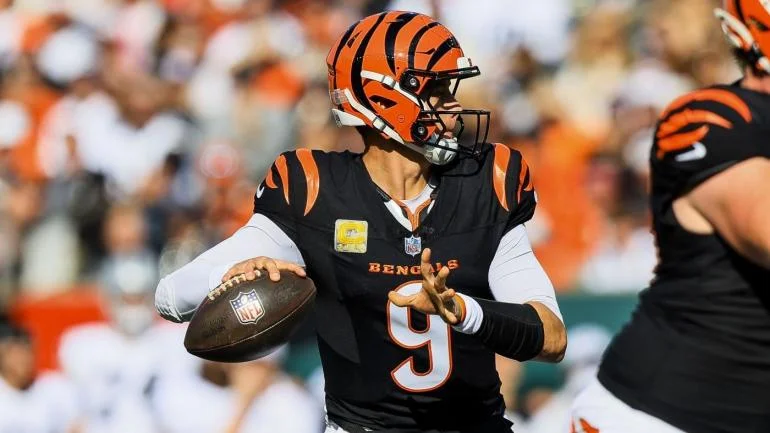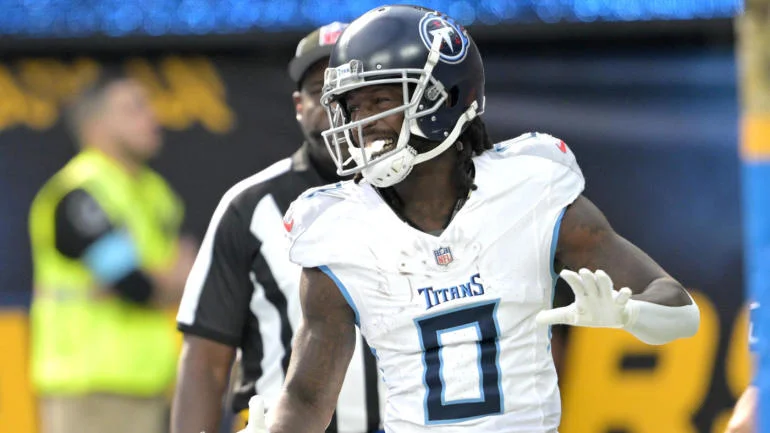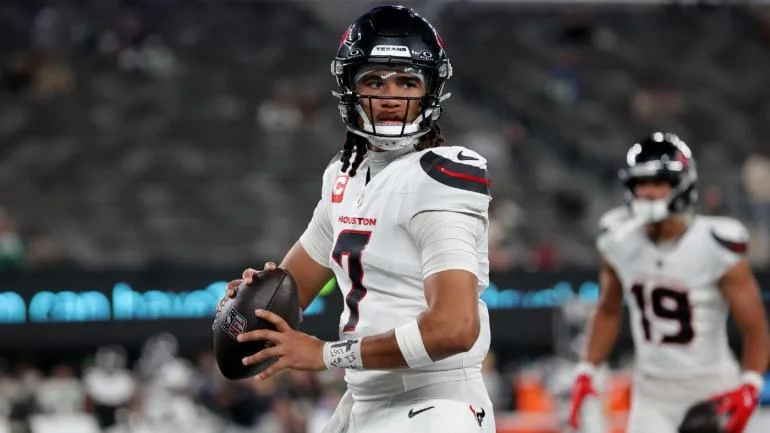No surprise here, but many of the teams drafting at the top of the first round have problems at quarterback. Cleveland (#1 pick), San Francisco (#2), Chicago (#3), and the N.Y. Jets (#6) will all have to seriously debate drafting their future signal callers in the first round.
Unfortunately, the 2017 supply doesn’t meet the demand. The two quarterbacks that I’d consider in the first round — Clemson’s Deshaun Watson and UNC’s Mitch Trubisky — both have red flags. For Watson, it’s the fact that he can’t stop turning the ball over (even in a QB-friendly scheme). For Trubisky, it’s a lack of starting experience.
Adding to this decision (about punting 2017 and waiting until 2018 to address QB) is the fact that next year’s class could potentially be LOADED.
Here are the top eligible QBs for next year:
(1) Josh Rosen, rising junior, UCLA
The “Chosen One” stepped onto the Westwood campus as a star already touted as a potential #1 pick since high school. He had all the tools — with size at 6’4″ and good arm talent. Rosen absolutely looked the part of a franchise QB early on — winning the QB job as a true freshman and faring well with 23 TDs and 11 ints. This past sophomore season was a clunker, with injuries and a sub 60% completion percentage. All of a sudden, his junior year’s going to be important. He needs a strong season to lock up a top 10 spot. If he regresses, you may start hearing dreaded comparisons to Christian Hackenberg.
(2) Sam Darnold, rising sophomore, USC
Sam Darnold has the tools to make a run at being the first quarterback picked.
It turned out to be Rosen’s cross-town rival that stole the spotlight. With USC struggling at 1-2, coach Clay Helton turned the job over to redshirt freshman Darnold — who took it and ran with it. Dalton lost his first game at Utah but then rallied 9 straight wins for the Trojans. Darnold was lights out through the air, tossing for 67.2% completion, 31 TDs and 9 ints (including 453 yards and 5 touchdowns in the Rose Bowl.) The 6’5″ kid has a huge arm and isn’t afraid to use it to zip the ball down the field. Although he’s only a 19-year-old freshman, Darnold will be eligible for the 2018 draft because he already burnt a redshirt year (players need to be 3 years removed from high school.) Come 2018, Darnold will still be young and relatively inexperienced, but his 2 years as a starter will be double that of Trubisky.
(3) Mason Rudolph, rising senior, Oklahoma State
Unlike the first two QBs, Rudolph was eligible for the draft this year. Projected as a Round 2 or Round 3 pick, he may have risen higher than that. Rudolph has the size (6’5″ 235) and arm strength. He also has productivity: throwing for 4091 yards, 28 TDs, and only 4 ints in his second year as a starter. The only knock on Rudolph was his spread college offense, which would require some extra development. Rudolph decided (or at least, claims so far) that he’s returning for his senior year, which should put him in the national spotlight. OK State and Rudolph should have a big 2017, after which Rudolph will enter the draft with three years of starting experience under his belt.
(4) Jake Browning, rising junior, Washington
Based on production and pedigree, Browning should be even higher than this. Like Josh Rosen, he started as a true freshman. Unlike Rosen, he actually took a huge step forward as a sophomore — throwing for 43 touchdowns in a national title run. Browning’s pro potential is limited some by his size (only 6’2″) and somewhat limited arm talent. He doesn’t have a cannon, so he’ll be expected to improve his 62.1% completion percentage. If Browning and the Huskies can have another strong year, we may be talking about him in the top 10. If he regresses some, then Round 2/3 is more likely.
(5) Baker Mayfield, rising senior, Oklahoma
Like his in-state rival Mason Rudolph, Mayfield declared that he’s returning to campus for one more year. Other than that, the two are quite different. Mayfield doesn’t need much more refinement as a passer — in fact, he’s already the best in college football. He has efficiency stats — 71.0% completion, 40 TDs, 8 ints, 11.1 yards per attempt — that would make Matt Ryan jealous. Mayfield’s problem is that he doesn’t have the physical makeup of a top QB — he’s listed at 6’1″, and that may be generous. However, Mayfield has a knack for the position; watching him slip out of a pass rush and hit the open man reminds you of Jeff Garcia (a more realistic comp than Russell Wilson.) Mayfield’s limitations would keep him around the Round 2 / Round 3 range, but he’ll still be an interesting option for certain NFL offenses.
(6) Lamar Jackson, rising junior, Louisville
The man who beat all these other QBs for the Heisman Trophy is only #6 for me, so I can understand the possible outrage. After all, Jackson had a crazy year (30 passing touchdowns + 21 rushing) and displays the speed and agility that we haven’t seen at QB since Michael Vick. His problem, of course, is that he’s a Michael Vick – level passer right now. His completion percentage hovered at 56.2% this year and got worse as the season went along. Talent-rich teams like LSU stopped Jackson cold (10/27 passing, 26 carries for 33 yards in the Citrus bowl) which makes you worried that NFL teams could do the same. If Jackson develops as a passer, the sky’s the limit. If he plateaus, you wonder if he’ll even play QB in the NFL.
Conclusion
It’s always difficult to project QBs — in this draft, and especially in NEXT year’s draft. These QBs may stumble and new ones may rise. Some of the underclassman may return to college in 2018, specifically a sophomore like Darnold. However, if your team doesn’t solve their QB problem in 2017, don’t burn their jersey yet — hope may be on the horizon.




